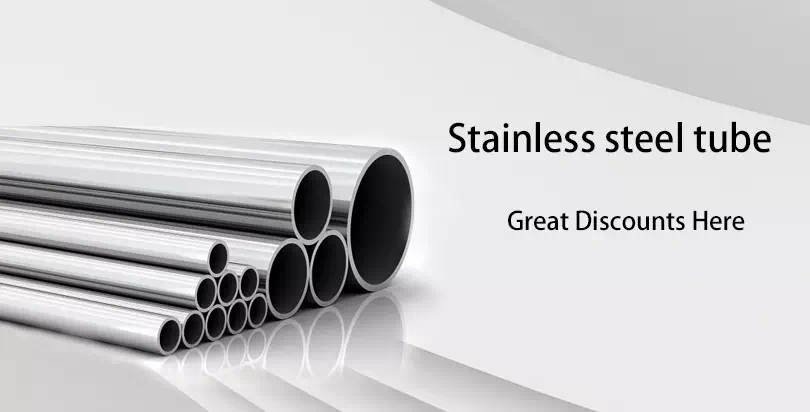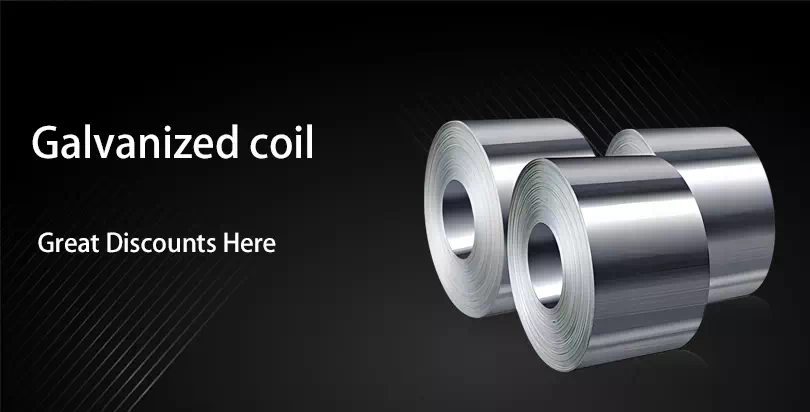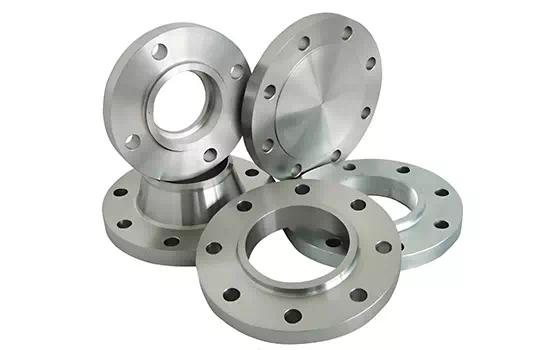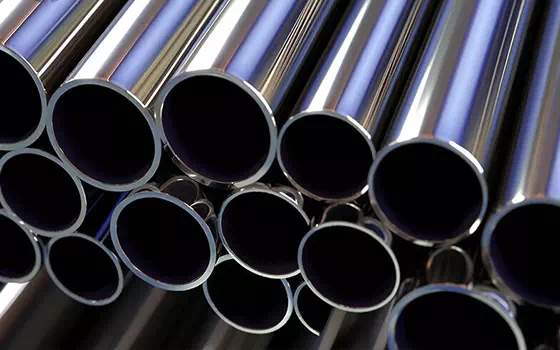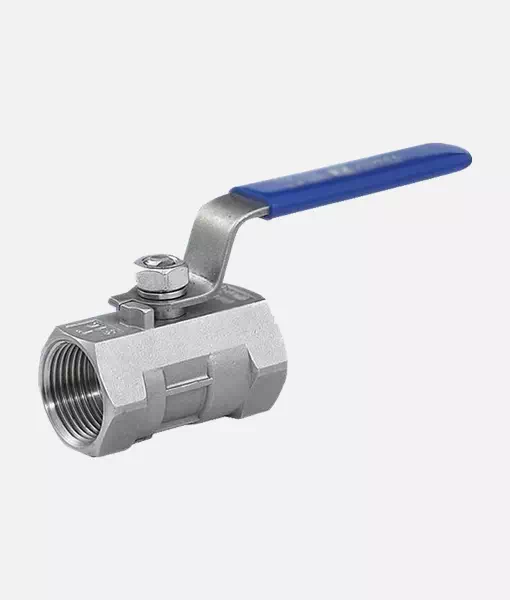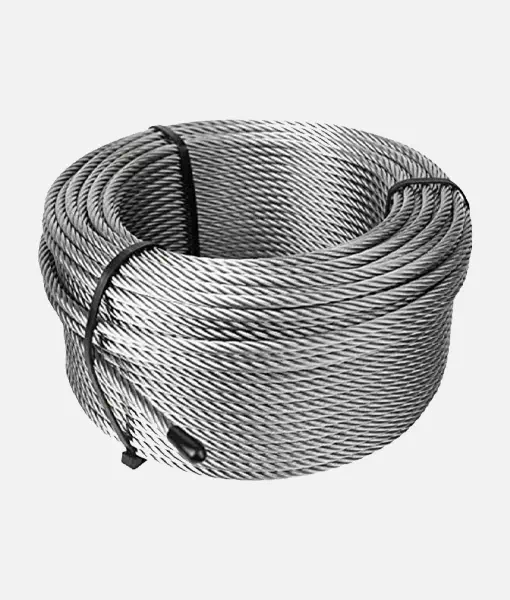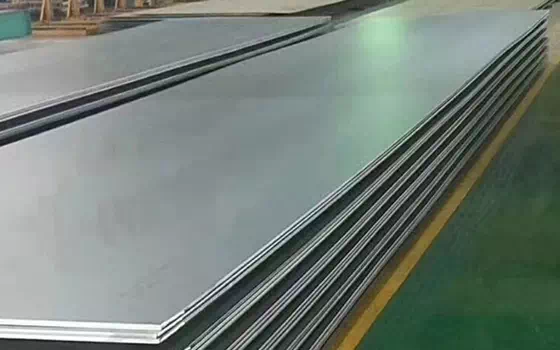The surface of the stainless steel plate is smooth, has high plasticity, toughness and mechanical strength, and is resistant to acid, alkaline gas, solution and other media corrosion. It is an alloy steel that is not easy to rust, but it is not absolutely rust free. Stainless steel plate refers to the steel plate that is resistant to the corrosion of weak media such as atmosphere, steam and water, while the acid-resistant steel plate refers to the steel plate that is resistant to the corrosion of chemical etched media such as acid, alkali and salt. Stainless steel plate since the beginning of the 20th century, has a history of more than 1 century.
Chinese name stainless steel plate foreign name Stainless steel plate special point atmospheric, steam classification austenitic stainless steel plate, Martensitic stainless steel plate, etc
intro
Product introduction
Stainless steel plate is generally a general term for stainless steel plate and acid-resistant steel plate. Coming out at the beginning of this century, the development of stainless steel plate has laid an important material and technological foundation for the development of modern industry and scientific and technological progress. There are many kinds of stainless steel plates with different properties, and it has gradually formed several categories in the development process. According to the structure, it is divided into four categories: austenitic stainless steel plate, martensitic stainless steel plate (including precipitation hardening stainless steel plate), ferritic stainless steel plate, and austenitic ferritic biphase stainless steel plate. According to the main chemical composition of the steel plate or some characteristic elements in the steel plate to classify, divided into chromium stainless steel plate, chromium nickel stainless steel plate, chromium nickel molybdenum stainless steel plate and low carbon stainless steel plate, high molybdenum stainless steel plate, high purity stainless steel plate and so on. According to the performance characteristics and uses of the steel plate, it is divided into nitric acid resistant stainless steel plate, sulfuric acid resistant stainless steel plate, pitting stainless steel plate, stress corrosion resistant stainless steel plate, high strength stainless steel plate and so on. According to the functional characteristics of the steel plate, it is divided into low temperature stainless steel plate, non-magnetic stainless steel plate, easy cutting stainless steel plate, super plastic stainless steel plate and so on. The commonly used classification method is classified according to the structural characteristics of the steel plate and the chemical composition characteristics of the steel plate and the combination of the two methods. Generally divided into martensitic stainless steel plate, ferritic stainless steel plate, austenitic stainless steel plate, duplex stainless steel plate and precipitation hardening type stainless steel plate or divided into chromium stainless steel plate and nickel stainless steel plate two categories. Typical uses: pulp and paper equipment Heat exchanger, mechanical equipment, dyeing equipment, film washing equipment, pipelines, coastal area building external materials, etc.
The surface of the stainless steel plate is smooth, has high plasticity, toughness and mechanical strength, and is resistant to acid, alkaline gas, solution and other media corrosion. It is an alloy steel that is not easy to rust, but it is not absolutely rust free.
property
Corrosion resistance
Stainless steel plates have similar resistance to general corrosion as unstable nichrome 304. Prolonged heating in the temperature range of chromium carbide degree may affect alloys 321 and 347 in harsh corrosive media. It is mainly used in high temperature applications, where the material is required to have strong resistance to sensitization to prevent intergranular corrosion at lower temperatures.
High temperature oxidation resistance
Stainless steel plates have high temperature oxidation resistance, but the oxidation rate is affected by inherent factors such as the exposure environment and product form.
Physical property
In addition to the thermal conductivity of the metal, the total heat transfer coefficient depends on other factors. In most cases, the heat dissipation coefficient of the film layer, the rust and the surface condition of the metal. Stainless steel can keep the surface clean, so its heat transfer is better than other metals with higher thermal conductivity. The technical standard of stainless steel plate, corrosion resistance of stainless steel plate, bending processing performance and toughness of welding parts, as well as stamping processing performance of welding parts of high strength stainless steel plate and its manufacturing method. Specifically, it contains C: less than 0.02%, N: less than 0.02%, Cr: More than 11% less than 17%, the appropriate content of Si, Mn, P, S, Al, Ni, And meet 12≤Cr Mo 1.5Si≤17, 1≤Ni 30(C N) 0.5(Mn Cu)≤4, Cr 0.5(Ni Cu) 3.3Mo≥16.0, 0.006≤C N≤0.030 stainless steel plate heating to 850 ~ 1250℃, Then the heat treatment is carried out at a cooling rate of more than 1℃/s. This can become a high-strength stainless steel plate containing 12% volume fraction with martensitic structure, high strength, corrosion resistance and bending performance above 730MPa, and excellent toughness in the welding heat affected zone. Using Mo, B, etc., can significantly improve the stamping machining performance of the welding part.
Oxygen and gas flame can not cut stainless steel plate because stainless steel is not easy to be oxidized.
National standard material: 1Cr17Mn6Ni5N, 1Cr18Mn8Ni5N, 1Cr17Ni7, 0Cr18Ni9, 00Cr19Ni10, 0Cr19Ni9N, 0Cr19Ni10NbN, 00Cr18Ni10N, 1Cr18Ni12, 0Cr23Ni13, 0Cr25Ni20, 0Cr17Ni12Mo2, 0Cr18Ni12Mo3Ti, 00Cr17Ni14Mo2, 0Cr17Ni12Mo2N, 00Cr17Ni13Mo2N, 0Cr18Ni12Mo2Cu2, 00Cr18Ni14Mo2Cu2, 0Cr19Ni13Mo3, 00C r19Ni13Mo3, 0Cr18Ni10Ti, 0Cr18Ni11Nb, 0Cr26Ni5Mo2, 00Cr18Ni5Mo3Si2, 1Cr12, 1Cr13, 2Cr13, 3Cr13, 7Cr17, 0Crl3Al, 00Cr12, 1Cr17, 1Cr17M o, 00Cr18Mo2.
New national standard material: 12Cr17Mn6Ni5N, 12Cr18Mn9Ni5N, 12Cr17Ni7, 06Cr19Ni10, 022Cr19Ni10, 06Cr19Ni10N, 06Cr19Ni9NbN, 022Cr19Ni10N, 10Cr18Ni12, 06Cr23Ni13 , 06Cr25Ni20, 06Cr17Ni12Mo2, 06Cr17Ni12Mo2Ti, 022Cr17Ni12Mo2, 06Cr17Ni12Mo2N, 022Cr17Ni13Mo2N, 06Cr18Ni12Mo2Cu2, 022Cr18Ni14Mo2C u2, 06Cr19Ni13Mo3, 022Cr19Ni13Mo3, 06Cr18Ni11Ti, 06Cr18Ni11Nb, 022Cr19Ni5Mo3Si2N, 12Cr12, 12Cr13, 20Cr13, 30Cr13, 68Cr17, 06Crl3Al, 022Cr11Ti, 022Cr12, 10Cr17, 10Cr17Mo, 022Cr18NbTi, 019Cr19Mo2NbTi.
Day label material: SUS201, SUS202, SUS301, SUS304, SUS304L, SUS304N1, SUS304N2, SUS304LN, SUS305, SUS309S, SUS310S, SUS316, SUS316Ti, SUS316L, SUS316N, SU S316LN, SUS316J1, SUS316J1L, SUS317, SUS317L, SUS321, SUS347, SUS329J1, SUS329J3, SUS403, SUS410, SUS420J1, SUS420J2, SUS440A, SUS405, SUH409, SUS410L, SUS430, SUS434, SUS444.
American standard material: 201, 202, 301, 304, 304J1, 304L, 304N, XM21, 304LN, 305, 309S, 310S, 316, 316L, 316N, 316LN, 317, 317L, 321, 347, 329, 403, 410, 420, 440A, 405, 4 09, 410L, 430, 439, 434, 444.
Elemental action
Carbon (C) : 1. Improve the deformation resistance and tensile strength of the blade; 2. Enhance hardness and improve wear resistance.
Chromium (Cr) : 1. Enhance hardness, tensile strength and toughness; 2. Anti-wear and corrosion.
Cobalt (Co) : 1. Increase the hardness and strength, so that it can withstand high temperature quenching; 2. Used to reinforce certain individual properties of other elements in more complex alloys.
Copper (Cu) : 1. Enhanced corrosion resistance; 2. Enhance wear resistance.
Manganese (Mn) : 1. Increase quenchability, wear resistance and tensile strength; (2) Remove oxygen from molten metals by separation oxidation and separation vaporization; 3. When added in large quantities, enhance hardness, but improve brittleness.
Molybdenum (Mo) : 1. Enhance strength, hardness, quenchability and toughness; 2. Improve machinability and corrosion resistance.
Nickel (Ni) : 1. Increase strength, hardness and corrosion resistance.
Phosphorus (P) : Increases strength, machinability and hardness.
2. It is easy to crack when the concentration is too large
Silicon (Si) : 1. Increased ductility; 2. Increase tensile strength; 3. Oxygen is removed from molten metals by separation oxidation and separation vaporization.
Sulfur (S) : Small amounts can improve machinability.
Tungsten (W) : Increased strength, hardness and toughness.
Vanadium (V) : Increased strength, hardness and earthquake resistance.
Corrosion condition
1. The surface of stainless steel contains dust or alien metal particles containing other metal elements, in the humid air, the condensate between the attachment and stainless steel, the two are connected into a microbattery, causing an electrochemical reaction, the protective film is damaged, called electrochemical corrosion.
2. The surface of stainless steel adheres to organic juice (such as melons and vegetables, noodle soup, sputum, etc.), which constitutes organic acid in the case of water oxygen, and the organic acid corrods the metal surface for a long time.
3. Stainless steel surface adhesion containing acid, alkali, salt substances (such as alkaline water, lime water splash on the decoration wall), causing local corrosion.
4. In polluted air (such as the atmosphere containing a large number of sulfides, carbon oxide, nitrogen oxide), in the case of condensate, the formation of sulfuric acid, nitric acid, acetic acid liquid points, causing chemical corrosion can cause the damage of stainless steel surface protective film corrosion.
Corrosion resistance
The corrosion resistance of stainless steel plate mainly depends on its alloy composition (chromium, nickel, titanium, silicon, aluminum, manganese, etc.) and the internal organizational structure, which plays the main role of chromium. Chromium has high chemical stability, can form a passivation film on the surface of the steel, isolate the metal from the outside world, protect the steel plate from oxidation, and increase the corrosion resistance of the steel plate. After the passivation film is destroyed, the corrosion resistance decreases.
Identification method
Numbering and representation
① Use the international chemical element symbol and the national symbol to indicate the chemical composition, and use the Arabic alphabet to indicate the component content:
For example: China, Russia 12CrNi3A
② Use fixed digit numbers to represent steel series or numbers; Such as: the United States, Japan, 300, 400, 200.
③ Use the Latin alphabet and order to form the serial number, only to indicate the purpose.
International stainless steel labeling method
The American Iron and Steel Institute uses three digits to label various standard grades of malleable stainless steel. Among them:
① Austenitic stainless steel with 200 and 300 series of digital marks.
② Ferrite and martensitic stainless steel are represented by 400 series numbers. For example, some of the more common austenitic stainless steels are labeled 201, 304, 316, and 310.
③ Ferritic stainless steel is marked with 430 and 446, martensitic stainless steel is marked with 410, 420 and 440C, biphase (austenite-ferrite).
Stainless steel, precipitation-hardened stainless steel and high alloys with an iron content of less than 50% are usually named by patent names or trademarks.
Essentials of selection
The selection of stainless steel plates should consider the use of operating conditions, such as manual or automatic operation, the performance and type of hot press, and the quality requirements of the pressing material such as hardness, luster, etc. Also consider the economic accounting, each new polishing steel plate, the number of times that can produce a slow quality of decorative plate.
In addition, when selecting the most reasonable thickness of the steel plate, its use time, quality, stiffness should be considered, and the strength requirements of the plate under pressure should be considered; Heat conductivity; The distribution of pressure, the format specification of the pressure plate.
If the thickness of the steel plate is not enough, it is easy to bend, which will affect the production of decorative plates. If the thickness is too large and the steel plate is too heavy, it will not only increase the cost of the steel plate, but also bring unnecessary difficulties to the operation. At the same time, the margin should be considered when the stainless steel plate is processed or used. The thickness of the copper plate is not absolutely consistent, but strive to be as consistent as possible in the thickness of the same sheet of steel, generally medium size saw plate, thickness tolerance is 0.05 1 o.15 mm. If the requirements are too strict, the grinding cost will also increase. Generally, it is a steel plate with high tensile resistance and hardness, which has greater mechanical damage resistance and longer service durability, but the grinding and processing costs are also relatively high [1].
sort
By thickness
(1) Thin plate (0.2mm-4mm) (2) medium plate (4mm-20mm) (3) Thick plate (20mm-60mm) (4) Extra thick plate (60-115mm)
By production method
(1) Hot rolled steel plate (2) cold rolled steel plate


